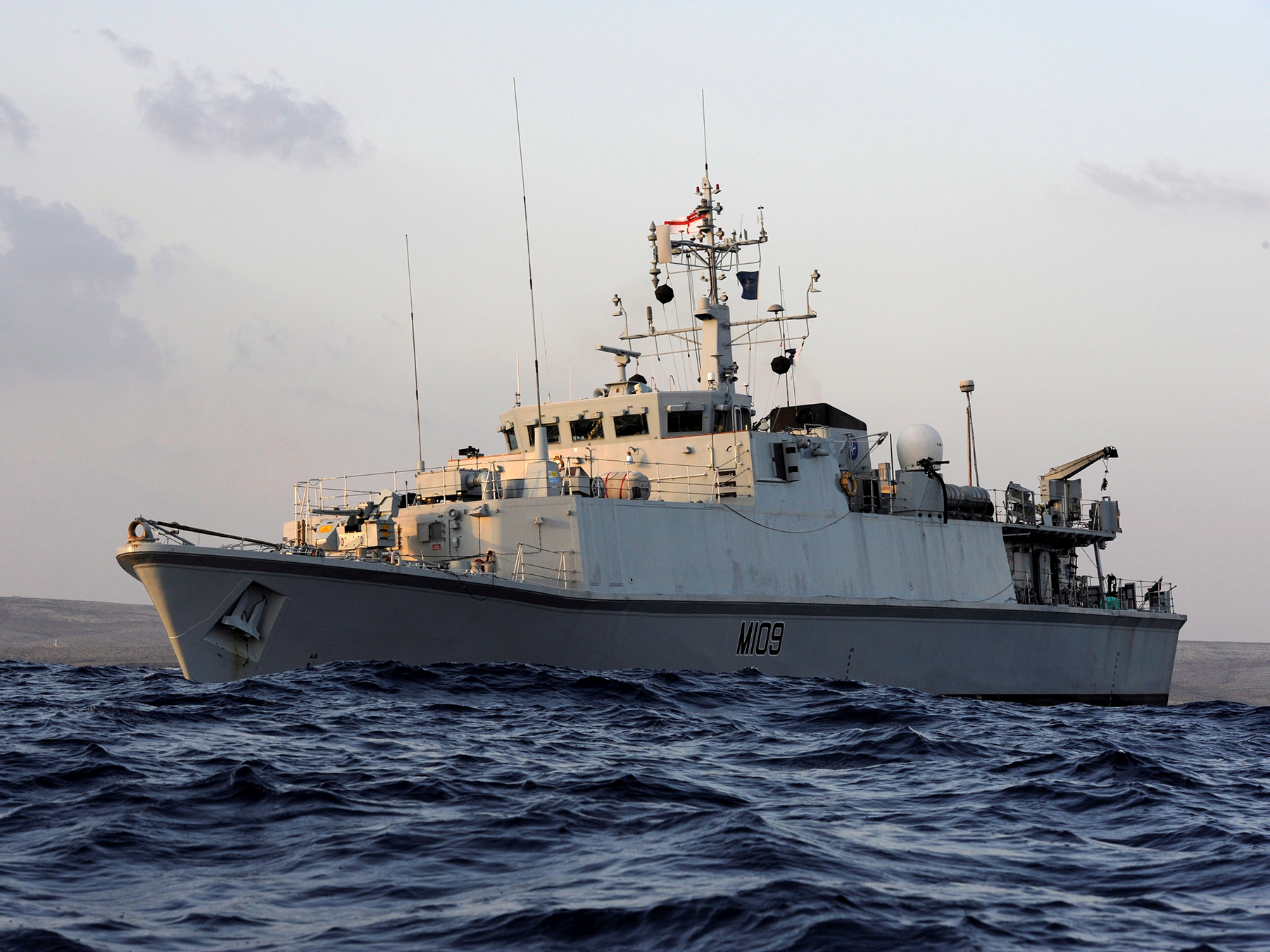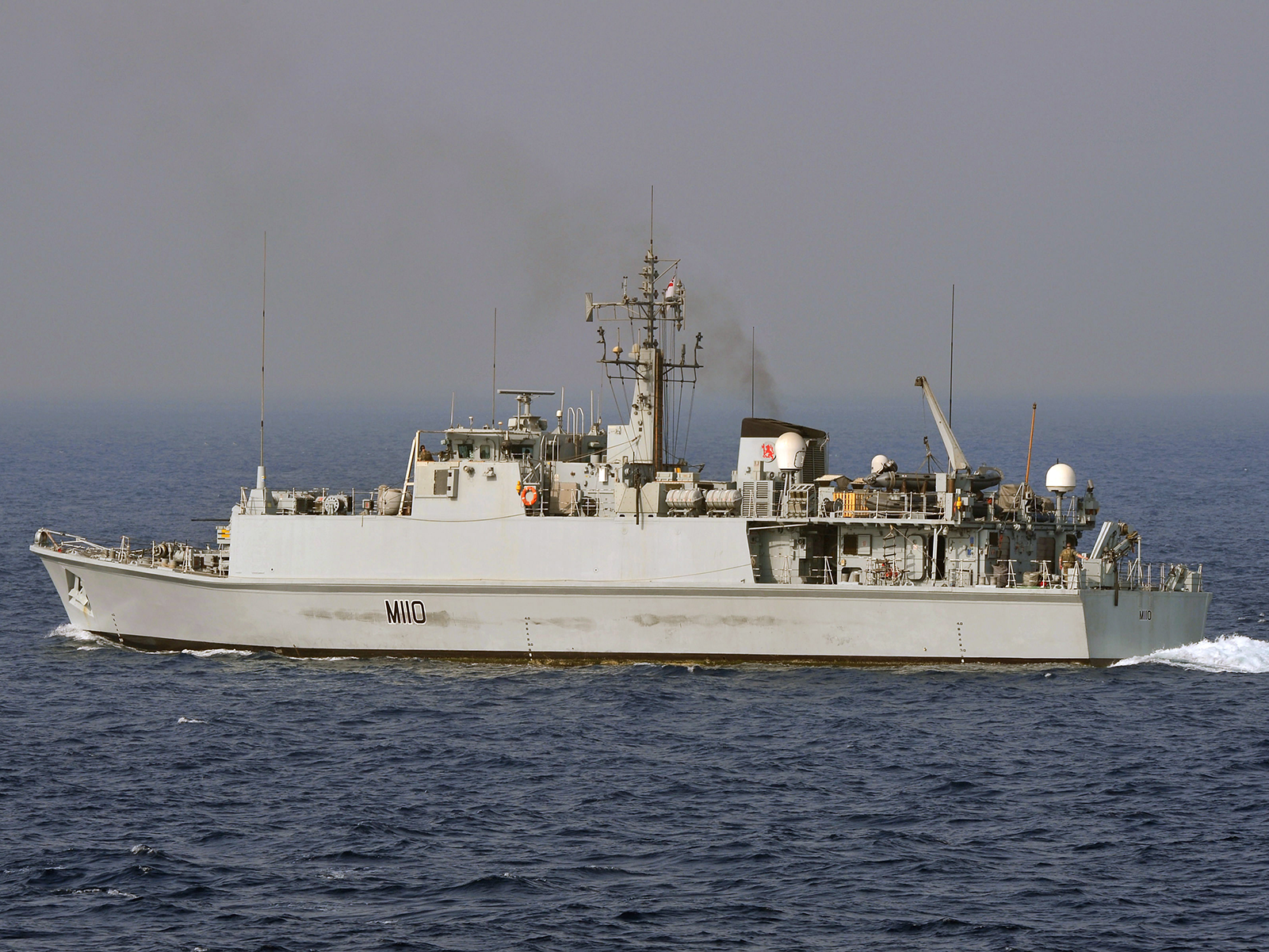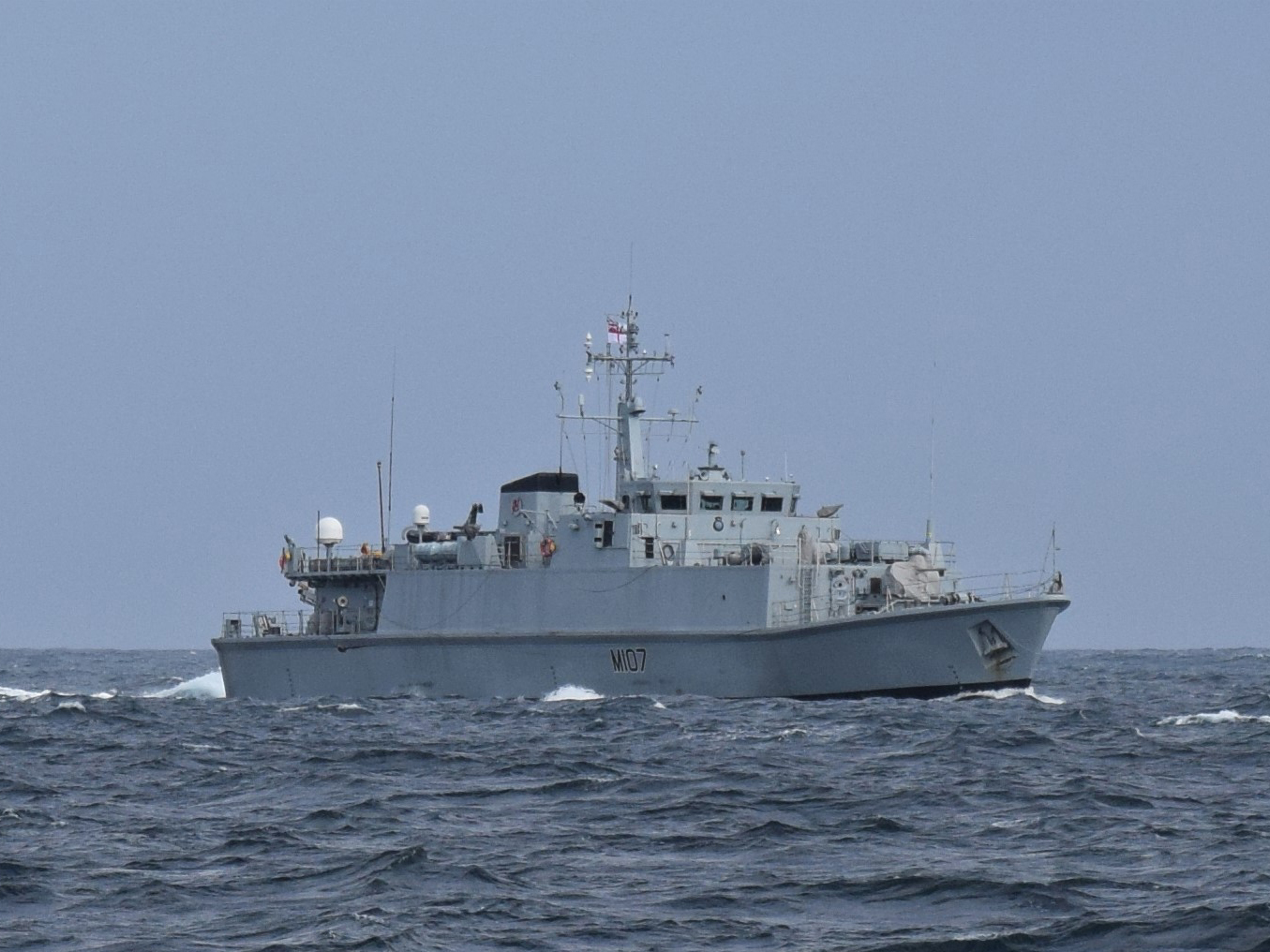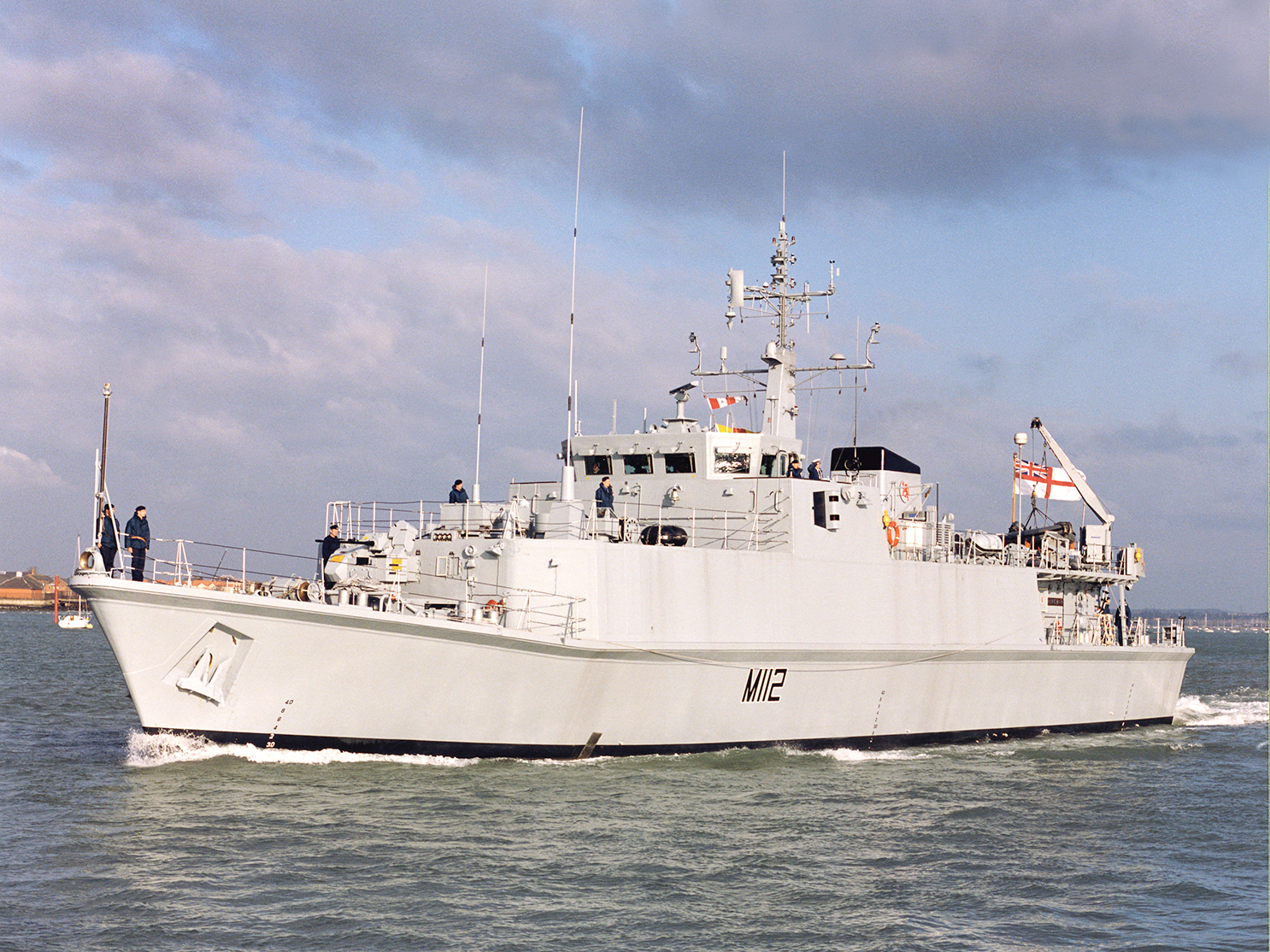Royal Navy Sandown Class Minehunters: A Comprehensive Guide
Introduction
The Sandown class minehunters are specialised Royal Navy vessels introduced in the late 1980s to detect and neutralise naval mines. Built with composite fibreglass hulls and exceptional sonar capabilities, they were designed exclusively for minehunting operations. Of the original twelve Royal Navy vessels, only HMS Bangor (M109) remains active as of early 2024. The class is in the process of being phased out and replaced by autonomous systems, with most ships either decommissioned or transferred to allied navies.
Origins and Design Development
The Royal Navy recognised the need for a highly specialised single-role minehunter during the 1980s. The result was the Sandown class, officially designated as Single Role Minehunters (SRMH). Unlike earlier dual-role mine countermeasure vessels, these ships were optimised purely for minehunting.
Their fibreglass hulls reduced magnetic signatures, making them less vulnerable to magnetic mines. At around 52 metres in length and displacing roughly 480 tonnes, they were compact but highly advanced for their time.
The Sandown class was fitted with the Type 2093 variable depth sonar, capable of detecting mines in deep and shallow waters. They also deployed remotely operated vehicles (ROVs) such as the PAP 104 and later the Seafox system to neutralise mines at a safe distance.
Service and Operations
The first of the class, HMS Sandown, commissioned in 1989, was followed by a further eleven ships. The Sandowns became vital assets in both UK and NATO operations. They deployed to the Persian Gulf, Mediterranean, and North Atlantic, safeguarding maritime routes and working closely with allied navies.
Over time, many were decommissioned as part of defence restructuring. Several were transferred abroad, extending their service lives with navies such as Estonia, Romania and Ukraine. Today, only HMS Bangor (M109) remains in active Royal Navy service, with the class scheduled to leave service entirely by 2025 as autonomous minehunting systems replace them.
Design and Technical Features
Displacement: 480–484 tonnes full load
Length: 52.5 metres
Propulsion: Diesel engines, top speed of 13 knots
Armament: 30mm cannon, machine guns for self-defence
Minehunting Systems: Type 2093 sonar, PAP 104 and later Seafox ROVs
Crew: Approximately 40 personnel
Aviation: None, but equipped for advanced unmanned mine countermeasure systems
Legacy and Replacement
The Sandown class demonstrated the effectiveness of dedicated minehunting ships at a time when naval mines posed a persistent threat to both military and commercial shipping. Their small crews, advanced systems and adaptability made them valuable not only to the Royal Navy but also to allied nations.
As technology advances, the role of mine countermeasures is increasingly shifting to autonomous systems. The retirement of the Sandowns marks the end of an era, but their contribution to naval safety and international operations remains significant.
Summary – At a Glance
|
Ship |
Commissioned |
Notable Service Highlights |
Fate / Status |
|
HMS Sandown (M101) |
1989 |
Lead ship, NATO Adriatic bomb clearance operations |
Decommissioned 2005; sold to Estonia as Admiral Cowan |
|
HMS Inverness (M102) |
1991 |
Gulf minehunting operations |
Decommissioned 2005; sold to Estonia as Sakala |
|
HMS Cromer (M103) |
1992 |
Converted into training ship Hindostan at Dartmouth |
Decommissioned 2001 |
|
HMS Walney (M104) |
1992 |
UK waters mine clearance and NATO patrols |
Decommissioned 2010 |
|
HMS Bridport (M105) |
1993 |
Minehunting operations |
Decommissioned 2004; sold to Estonia as Ugandi |
|
HMS Penzance (M106) |
1998 |
Persian Gulf operations, infrastructure patrols |
Decommissioned 2024 |
|
HMS Pembroke (M107) |
1998 |
Deployed to the Gulf; first fitted with advanced sonar |
Decommissioned 2023; transferred to Romania (M271) |
|
HMS Grimsby (M108) |
1999 |
NATO minehunting and Gulf operations |
Decommissioned 2022 |
|
HMS Bangor (M109) |
2000 |
Last active Sandown, Gulf deployments, UK homeland defence |
In active service; due to decommission 2025 |
|
HMS Ramsey (M110) |
2000 |
Arabian Gulf deployments |
Decommissioned 2021 |
|
HMS Blyth (M111) |
2001 |
Minehunting in UK waters and abroad |
Decommissioned 2021; transferred to Romania |
|
HMS Shoreham (M112) |
2002 |
Persian Gulf service; transferred to Ukraine in 2023 |
Decommissioned 2022; now Cherkasy in Ukrainian Navy |
Conclusion
The Sandown class minehunters were small but highly capable vessels that embodied the Royal Navy’s commitment to effective mine warfare. For over three decades they provided vital protection in international waters, supporting UK and NATO operations. Their legacy continues in the fleets of allied nations, even as the Royal Navy transitions to unmanned mine countermeasures.





